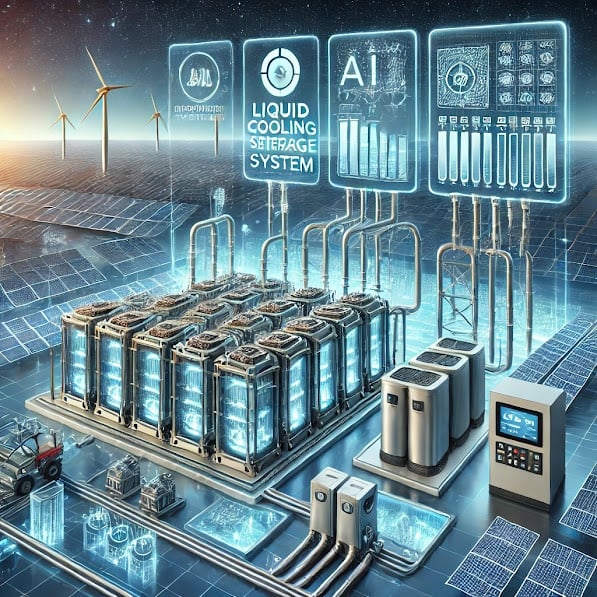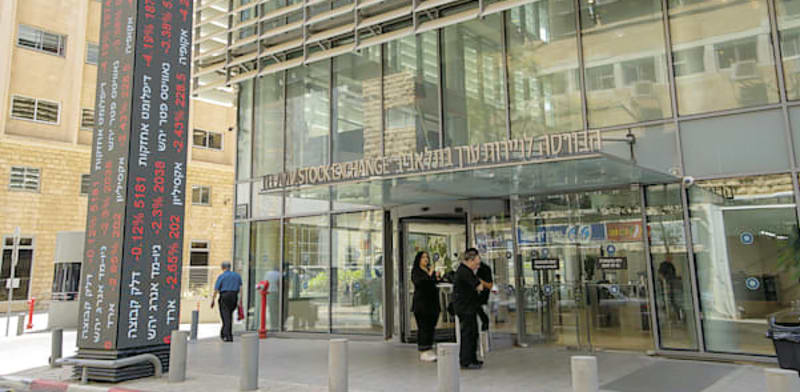The liquid cooling market for stationary battery energy storage systems (BESS) is witnessing rapid growth as energy storage solutions gain prominence in modern power grids. With increasing demand for high-capacity, efficient, and long-lasting energy storage, liquid cooling has emerged as a preferred thermal management solution due to its superior heat dissipation capabilities compared to air cooling.
According to BISResearch, the liquid cooling market for stationary battery energy storage system (BESS) is projected to reach $24.51 billion by 2033 from $4.23 billion in 2024, growing at a CAGR of 21.55% during the forecast period 2024-2033.
Why Is Utility-Scale Energy Storage Expected to Dominate the Market by Application?
Utility-scale energy storage is expected to dominate the liquid cooling market for stationary BESS, driven by its growing role in energy storage capacity. By 2030, utility applications are forecasted to reach 86 GWh, highlighting the demand for large-scale systems to enhance grid stability and renewable integration. Due to high energy demands and heat generation, efficient liquid cooling is essential for temperature control and reliability. As these projects grow, the need for advanced cooling technologies will increase, fostering innovation and scalability.
What are the key drivers of the liquid cooling market for stationary BESS?
Rising Deployment of Grid-Scale BESS: The expansion of grid-related energy storage systems is driving demand for liquid cooling solutions to manage heat and maintain battery performance.
Growth in Renewable Energy Adoption: With the rapid rise in solar and wind power, liquid cooling is essential for ensuring grid stability, safety, and efficiency in large-scale storage systems.
Supportive Policies and Cost Declines: Falling renewable energy costs and strong policy incentives are accelerating the adoption of liquid cooling technologies in energy storage infrastructure.
Why Is the Asia-Pacific Region Expected to Lead the Market?
The Asia-Pacific region is poised to dominate the liquid cooling market for stationary BESS, driven by rapid renewable energy adoption and ambitious goals. China is expected to contribute nearly 60% of global renewable capacity additions by 2030, while India targets 450 GW of renewable energy. The variability of renewables underscores the need for efficient, large-scale energy storage. Liquid-cooled BESS plays a vital role in managing thermal challenges and enhancing reliability. As solar and wind investments expand, demand for advanced cooling technologies will rise.
Request A Detailed Sample on the Liquid Cooling Market for Stationary BESS
Opportunities in the Liquid Cooling Market for Stationary BESS
Rising Demand from Renewable Energy Expansion: As utility-scale and industrial renewable energy projects grow, the need for effective thermal management in high-capacity BESS creates strong market potential.
Critical Role of Liquid Cooling in System Reliability: With its superior heat dissipation, liquid cooling ensures the safety, performance, and longevity of BESS, making it a key solution for large-scale deployments.
Innovation-Driven Product Development Opportunities: Technological advancements like AI-driven cooling and IoT-enabled monitoring open avenues for new entrants to offer advanced, energy-efficient cooling solutions.
Future Outlook
The liquid cooling market for stationary BESS is expected to grow significantly, driven by technological innovations, increasing renewable energy adoption, and the need for efficient thermal management solutions. As energy storage systems become more advanced, liquid cooling will continue to play a vital role in ensuring their reliability and efficiency.
Trending FAQ on Liquid Cooling Market for Stationary BESS
Why is liquid cooling becoming the preferred thermal management solution for large-scale BESS over air cooling?
Key drivers include better heat dissipation, tighter temperature control, higher power density capabilities, and improved battery longevity.
What are the different liquid cooling methods used in BESS (e.g. direct vs. indirect vs. immersion) and when are they suitable?
Direct liquid cooling (coolant contacts modules), indirect (via cold plates or heat exchangers), and immersion cooling are among the options. Each has trade-offs in complexity, safety, maintenance, cost, and performance
How much does liquid cooling add to the overall cost of a BESS, and is it economically justified?
The upfront capital expenditure (CAPEX) is higher relative to simpler cooling systems, but liquid cooling can reduce operating costs, energy losses, and cell degradation over time — improving overall lifecycle economics (LCOE).
What are the main challenges or risks in deploying liquid-cooled BESS systems?
Key challenges include leak prevention and detection, fluid compatibility with battery materials, complexity in system integration, maintenance demands, and ensuring safety (e.g., mitigating thermal runaway).
Which companies are leading in liquid cooling solutions for battery storage systems?
ShenZhen CEGN Co., Ltd.
SUNGROW
Vericom Global Solutions
Symtech Solar Group
Shanghai Sermatec Energy Technology Co., Ltd.
Narada
Hithium Energy Storage Technology Co., Ltd
Fluence
Trinasolar
Xi’An JD Energy Co., Ltd.
Download Our ToC: Click Here!
Conclusion
Liquid cooling is rapidly becoming a key enabler of next-generation stationary battery energy storage systems. Despite challenges such as high costs and maintenance complexities, its advantages in thermal management, efficiency, and system longevity make it a crucial component of the evolving energy storage landscape.

























